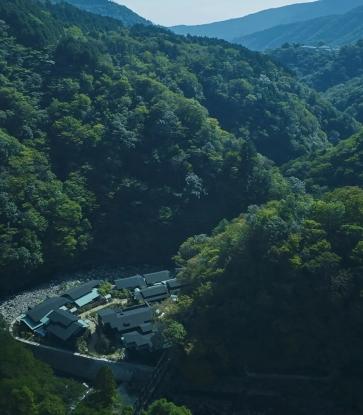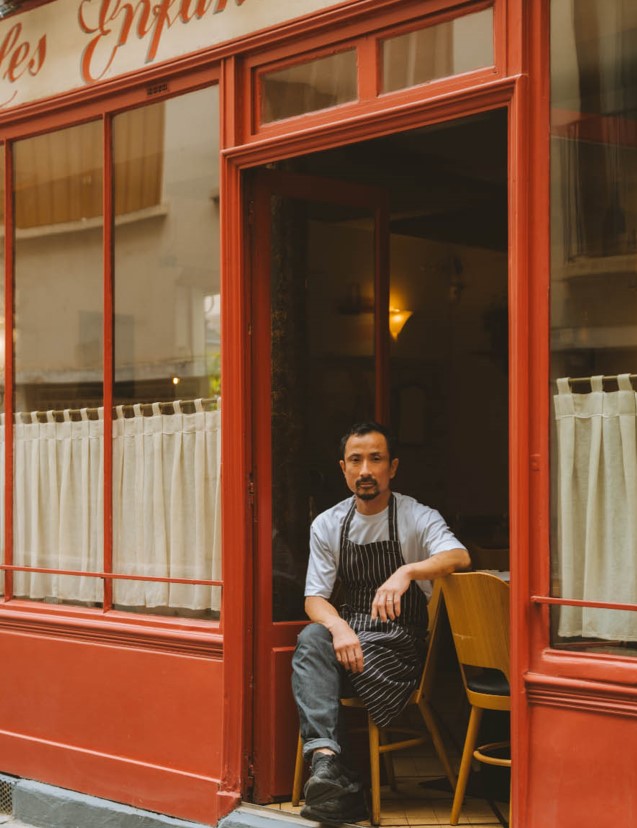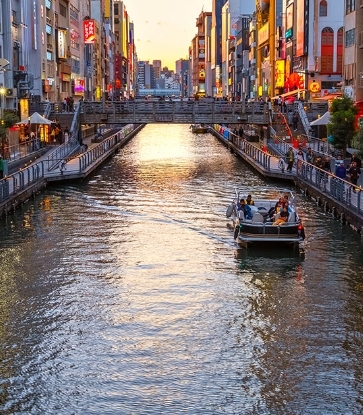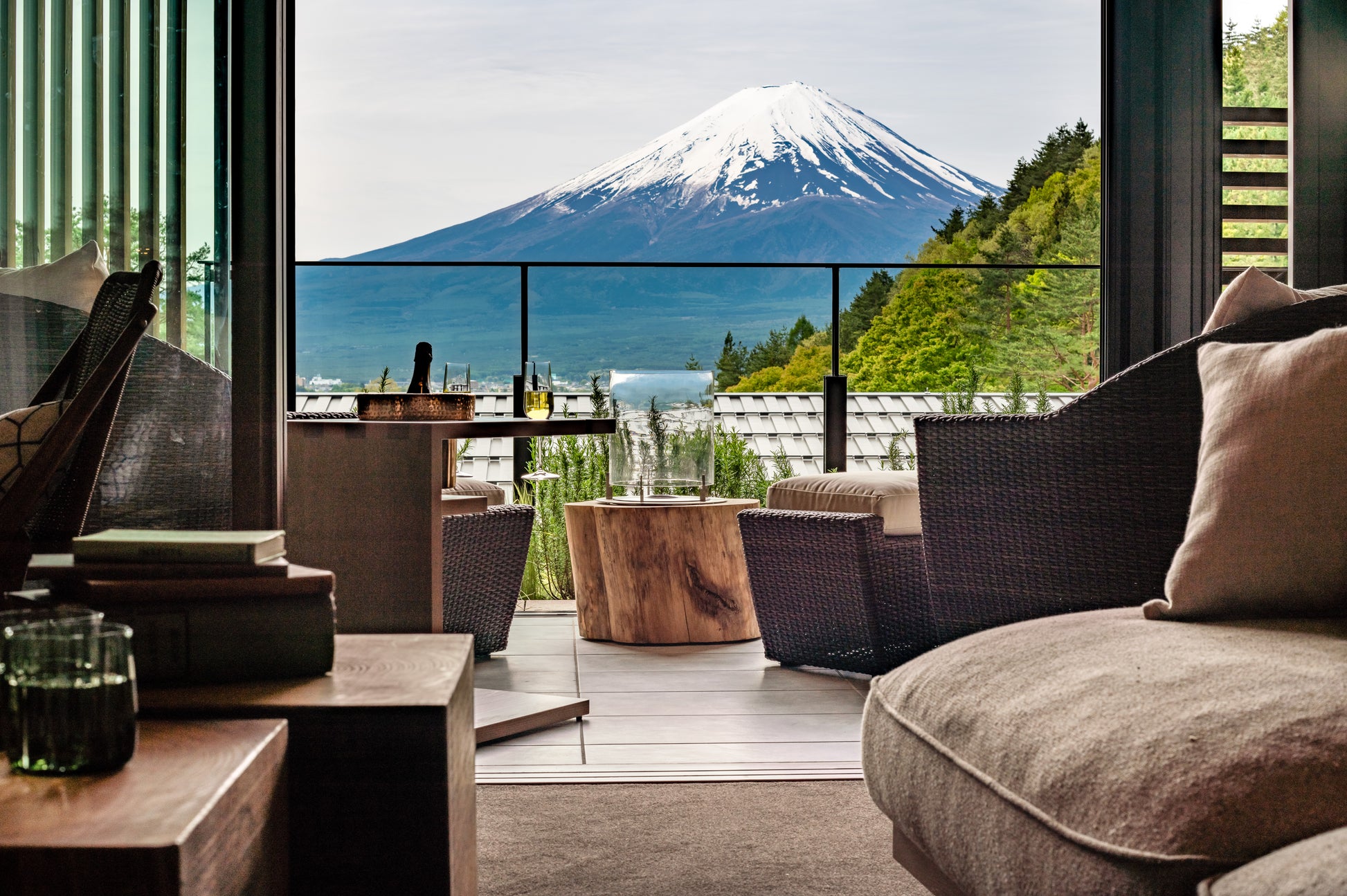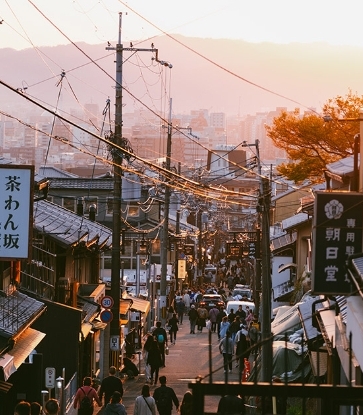Park & Garden
Yoshikien Garden
Beautiful in all seasons, it is most impressive in autumn when red leaves contrast with the wooden tea house. Right next to Isuien Garden, Yoshikien Garden is free.
Isuien Garden
This elegant Japanese garden, extending over an area of 11,000 square meters, is composed of two separate gardens of different eras—the front garden created in the 1670s and the rear garden in the early 20th century. The shakkei “borrowed scenery” of the rear garden is especially delightful. The borrowed scenery incorporates Mt. Wakakusa, Mt. Kasuga and Mt. Mikasa in the far distance and the Nandaimon Gate of Todaiji Temple into the landscape of the garden and generates an impressive sense of depth. There are no houses, telephone poles and the like to be seen from the garden, leaving you fully immersed in the natural beauty of a classic Japanese garden. A Japanese-style house overlooking the garden serves tea. For garden lovers, the beautiful Yoshikien Garden is right next door.

Kohfukuji Temple & The Kohfukuji National Treasure Hall
The five-storied pagoda of Kohfukuji Temple is probably the most distinctive landmark of the city of Nara. Founded in 669 as the family temple of the powerful Fujiwara clan, Kohfukuji was moved to its present location at the time of the establishment of the Heijo Capital in 710. Aside from a number of Buddhist halls and other historic structures, the temple grounds are also home to the must-see National Treasure Hall. This building houses the temple’s splendid collection of Buddhist art, including a number of Buddhist images that are considered among the finest in the world. Among the most well-known are sculptures of the Thousand-armed Kannon, the world-famous Kohfukuji Ashura, and the mythological guardians known as the Kongo Rikishi. Time will fly as you lose yourself in the world of these powerful, dignified, ferocious, and sometimes even humorous images, which inspire a sense of awed silence as they reach out to speak to us over the gap of the centuries since their creation.

Nara National Museum
This is the only museum in Japan specializing in the Buddhist fine arts. Even a fairly brisk tour of the national museum requires up to two hours, but if you have to narrow your focus, the Buddhist sculptures are highly recommended. The permanent collection, which includes a huge number of National Treasures and Important Cultural Properties, is also well worth seeing. The autumn annual exhibition of treasures from Shosoin Imperial Treasury (of 8th century works of art) draws huge crowds of enthusiasts from around Japan and overseas. The museum shop offers interesting souvenirs, such as T-shirts with Buddha image designs and products depicting treasures from the Shosoin, and there is a quiet cafe in the basement for coffee or light meals. Access to the shop and cafe is free of charge.

Former site of Heijokyu Imperial Palace
Heijokyo was Japan’s first capital built in 710 before moved to Kyoto. The site now features the Former Imperial Audience Hall where the Emperor’s throne was located, the Suzaku Gate, the Daigoku Gate (South Gate), and the East Palace Garden. These were reconstructed based on archeological findings and records from the time.
To fully experience the original atmosphere, the site is best approached from the grand Suzaku Gate to the south, where foreign dignitaries were first welcomed to the palace. As you walk towards the Former Imperial Audience Hall, you pass through the Central State Halls Compound where court rituals were being held. The raised earthworks on each side indicate the original administrative buildings. You can enter the Former Imperial Audience Hall for free and walk out onto the deck where the Emperor would have surveyed the city. Also note that the Nara Palace Site Museum features exhibitions detailing the archeological excavations conducted at the palace site.

Learn More about Nara
Back to NARA, THE BIRTHPLACE OF JAPAN









